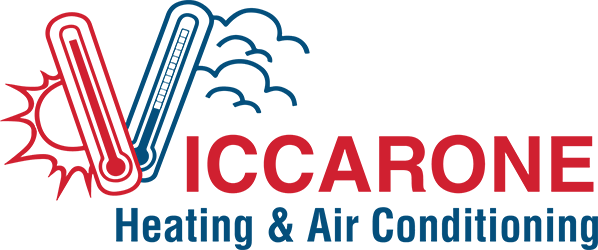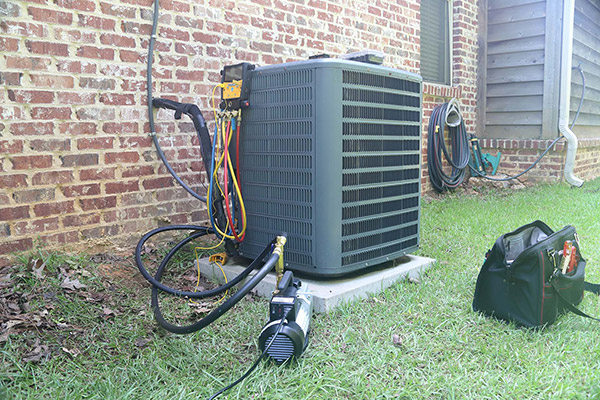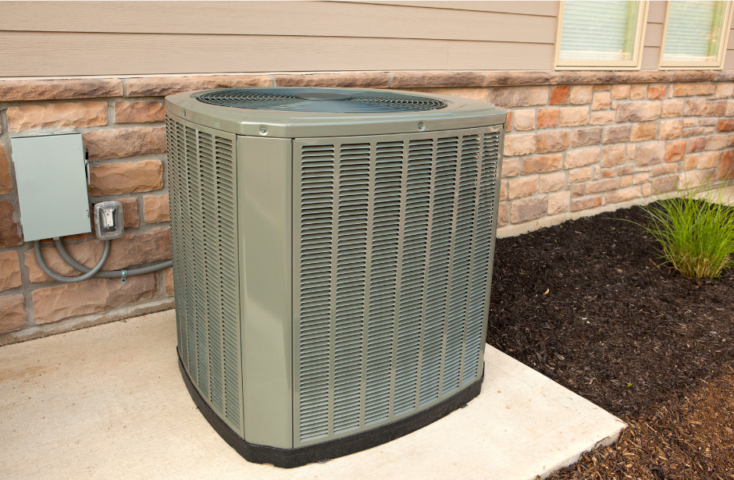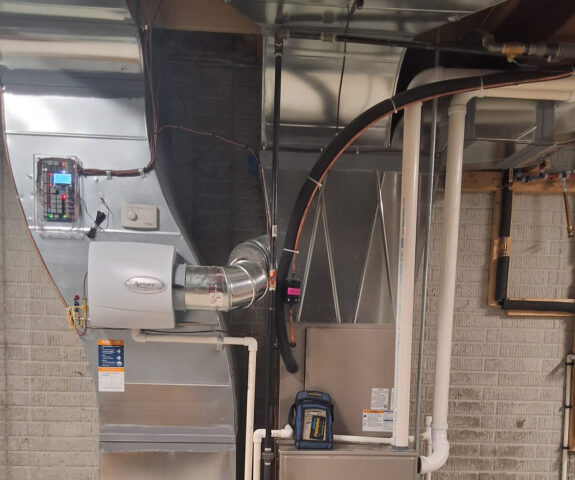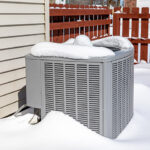
Should You Get A Condenser Cover For The Winter?
November 2, 2022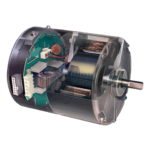
ECM Motors: The Future Of HVAC Efficiency
January 25, 2023
SEER Rating Requirements
At Viccarone HVAC, we thought it might be wise to provide some general information to questions arising throughout communities in Northeast Ohio and Northern regions.
Many homeowners will be interested in reading about the new specifications and requirements for installing new outside condensers (whole home AC units) and the Department of Energy SEER rating – new transition installation codes.
Below is the basic overview of information, but rest assured, if your current unit is running fine, there is no need to update anything until the time comes for it to be replaced.
Note again – in the Northern regions, like Ohio and Illinois, equipment manufacturers will change manufacturing starting on January 1, 2023. It is still a good idea to install standard SEER rated equipment until current inventories are exhausted throughout the national supply chain pipeline.
All You Need To Know About New SEER Rating Requirements
Starting in 2023, homes across the country will be required to meet new energy efficiency standards. The updated standards are part of the new SEER rating requirements, which have been set by the United States Department of Energy (DOE).
The SEER rating is a measure of a home’s overall energy efficiency. It stands for Seasonal Energy Efficiency Ratio and is determined by the energy used to cool a home during the summer months. The higher the SEER rating, the more efficient a home’s cooling system is.
Understanding SEER2: A More Accurate Measurement of Air Conditioner and Heat Pump Performance
With the replacement of SEER with SEER2, the Department of Energy (DOE) recognizes that air conditioner and heat pump performance can be improved by testing under conditions that better represent real-world applications. With SEER2, test protocols now include higher external static pressures, internal pressure measurements, and duct system design considerations to properly evaluate product performance.
By recognizing the importance of adequately evaluating HVAC products under real-world conditions, SEER2 ratings are expected to be much more accurate than SEER ratings. This ensures that consumers have access to a more reliable rating system that reflects the performance of air conditioners and heat pumps in their daily usage.
Complying with SEER2 Rating Changes in the North, Southeast, and Southwest Regions
The updated SEER2 ratings are critical for compliance in the North, Southeast, and Southwest Regions. It is important to note that failure to meet the minimum SEER rating requirements could result in costly fines or penalties.
To remain compliant, homeowners should ensure that their residential air conditioners have the correct SEER2 rating for their region. For example, North Region homeowners must ensure their air conditioners have a SEER2 rating of 13.4 (or SEER of 14). Homeowners in the Southeast Region (including Florida) must ensure that residential air conditioners below 45,000 BTUs have a SEER2 rating of 14.3 (or SEER of 15). Finally, homeowners in the Southwest Region must make sure that residential air conditioners below 45,000 BTUs have a SEER2 rating of 13.8 (or a SEER of 14.5) and an EER2 of 11.2 (9.8 EER2 if SEER2 ≥ 15.2).
What is the effective deadline for compliance with SEER2?
Northern states must ensure that any central air conditioner they manufacture after January 1, 2023, complies with the new SEER2 requirements. However, in Southern states, compliance is determined by the installation date rather than the manufacturing date. Any central air conditioner installed after January 1, 2023, must meet the energy efficiency standards set out in SEER2.
It is important to note that the regulation defines the installation of a central air conditioner as the connection of refrigerant lines and electrical systems for it to be operational. This includes any installations or replacements carried out AFTER January 1, 2023, regardless of when it was manufactured. Compliance with SEER2 standards is mandatory after this date, and failure to comply may result in hefty fines.
To ensure compliance with SEER2 requirements, manufacturers and installers must be aware of the relevant deadlines and regulations. Staying up-to-date with changes to energy efficiency standards is essential in avoiding costly penalties or sanctions. Taking the necessary steps to ensure compliance will help create a healthier, more efficient environment for everyone.



